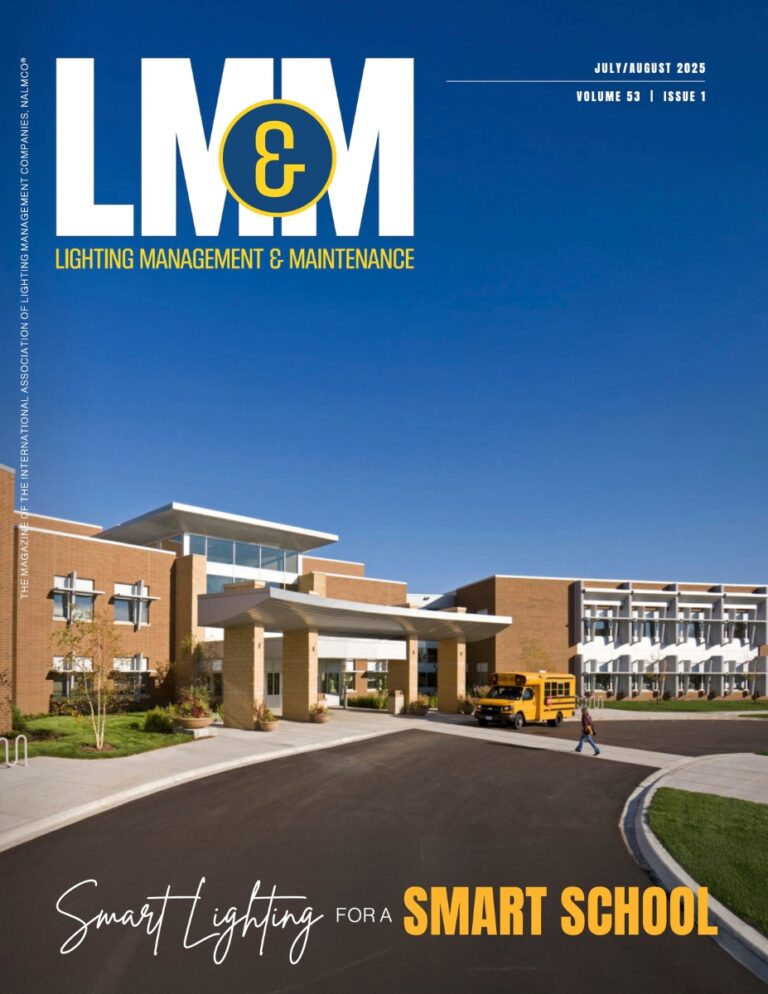Court Rules in Favor of Signify in Patent Infringement Case Against Menard, Inc.
In a recent ruling, the United States District Court for the Western District of Wisconsin rules in Favor of Signify against Menard in their patent infringement lawsuit against Menard, Inc. The case revolves around allegations that Menard sold lighting products infringing upon six of Signify’s LED lighting patents.
The court ordered that the motion to strike filed by Signify North America Corporation and Signify Holding B.V., Dkt. 265, is GRANTED in part and DENIED in part.
Key Points of the Ruling:
- New Prior Art References:
- Menard introduced new prior art references in their expert reports that they had not disclosed earlier. Specifically, they cited a German patent application (DE ’197) and two U.S. patents (Nos. 2,828,393 and 3,502,825). The court ruled that these should have been part of the initial invalidity contentions. EdisonReport covered Signify’s motion on 22 MAY.
- New Anticipation Contentions:
- Menard presented new anticipation theories for several references that were initially identified only for obviousness. The court agreed with Signify that these new theories should have been disclosed in Menard’s invalidity contentions, as per court rules.
- New Motivations and Embodiments:
- Menard’s experts introduced new motivations to combine references and new embodiments in their reports. For instance, they used Figure 4 of a Van de Ven reference instead of the previously disclosed Figure 2. The court found this improper.
Court’s Decision:
The court analyzed each type of new information presented by Menard and concluded that it should have been disclosed earlier. The late disclosure was prejudicial to Signify, as it limited their time to respond. The court struck the portions of Menard’s expert reports relying on the following:
- German patent application DE ’197
- New anticipation theories for Chen, Kerenyi, DE ’834, Maas, and Hutchins
- Figure 4 in the Van de Ven reference
The court rejected Menard’s offer to extend the deadline for Signify to respond, noting that it was too late in the process for such adjustments. The judgment states, “As in Douglas Dynamics, such late notice is unavoidably prejudicial because it gave Signify weeks instead of months to prepare a response to Menard’s new contentions. Further, Menard does not have strong reasons for failing to provide notice earlier. It says it believes it did not have to provide notice, but that view is undermined by Menard’s own invalidity contentions, which show that Menard understood it was required to identify all prior art, all invalidity theories associated with that prior art, and the portions of the prior art that disclose a particular limitation. If the court were to allow Menard to rely on the new contentions at this late date, it would only encourage parties to make last-minute changes for strategic advantage.”
Conclusion:
This ruling highlights the importance of early and complete disclosure in patent litigation. Menard, Inc. cannot use the newly introduced information to support its invalidity defense, marking a significant win for Signify. The decision emphasizes the need for careful preparation and adherence to procedural rules in complex patent disputes. The outcome of this case may have far-reaching implications for patent enforcement and defense strategies in the lighting industry.
Read the judgment here.






